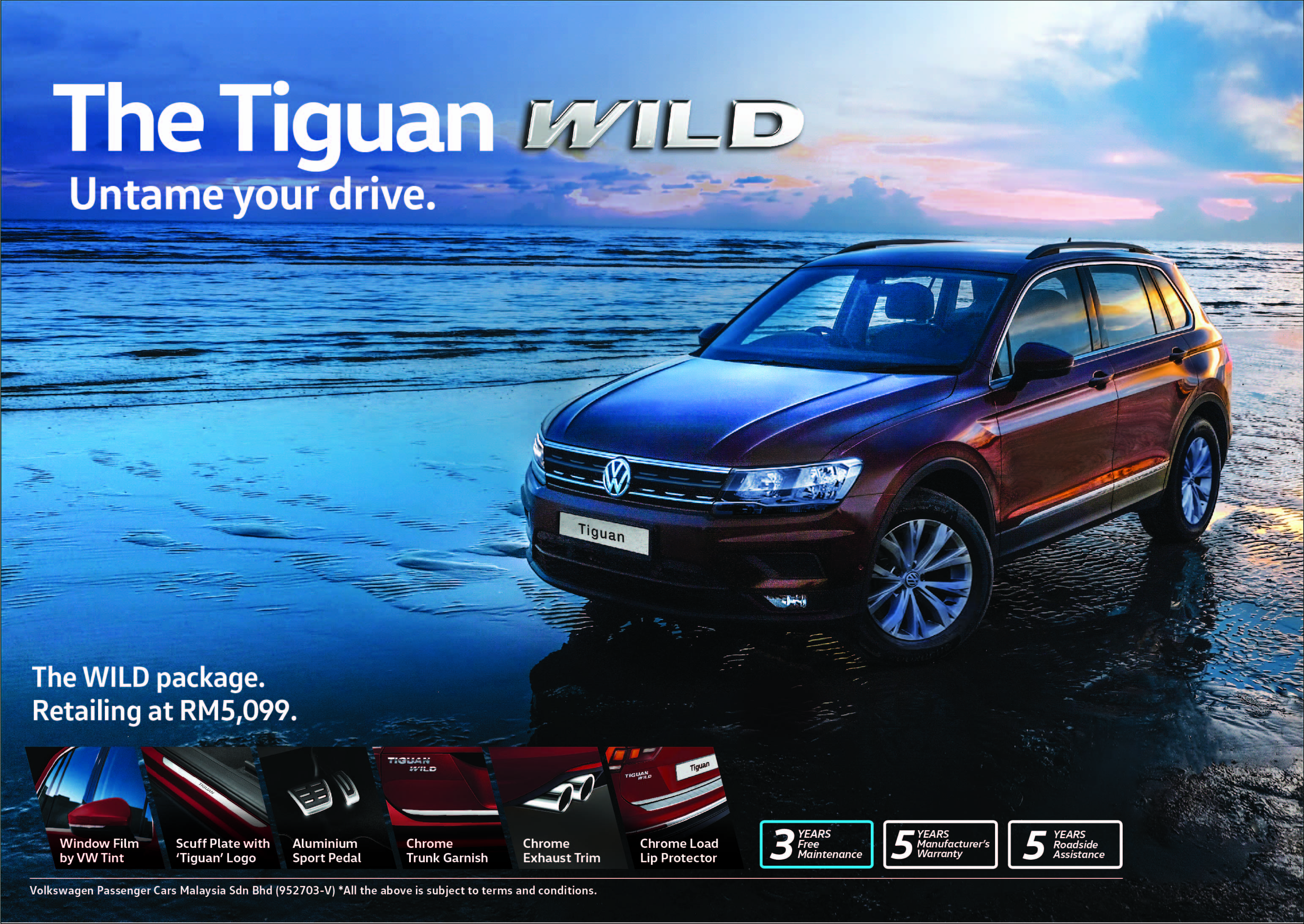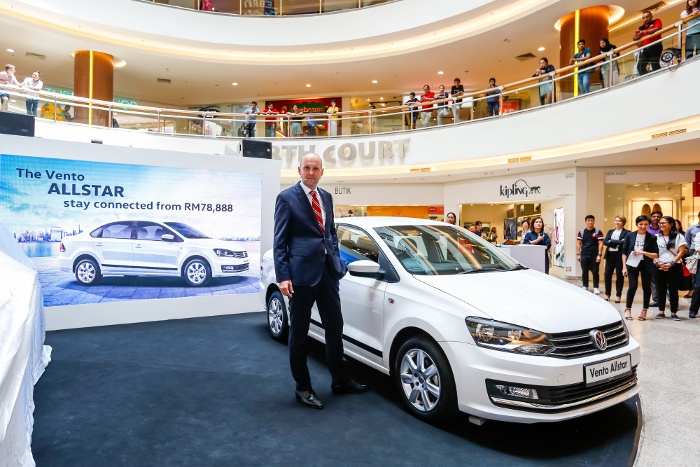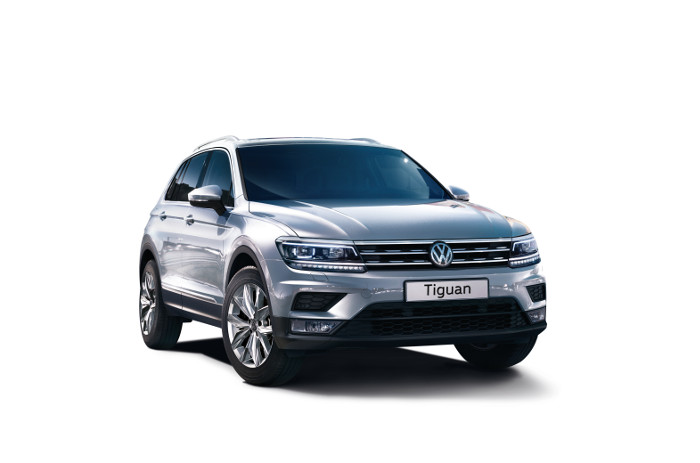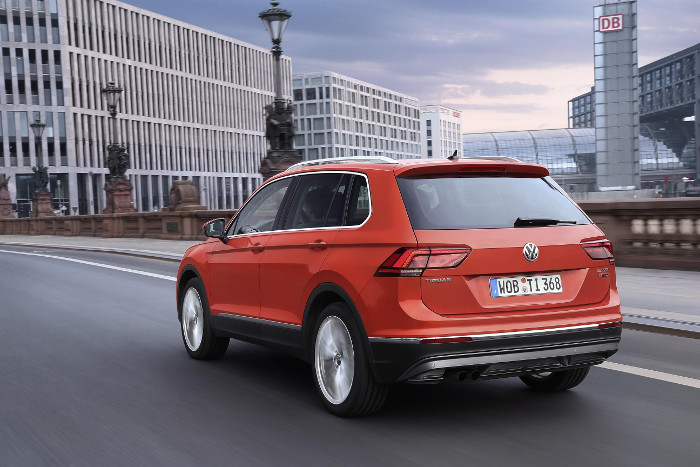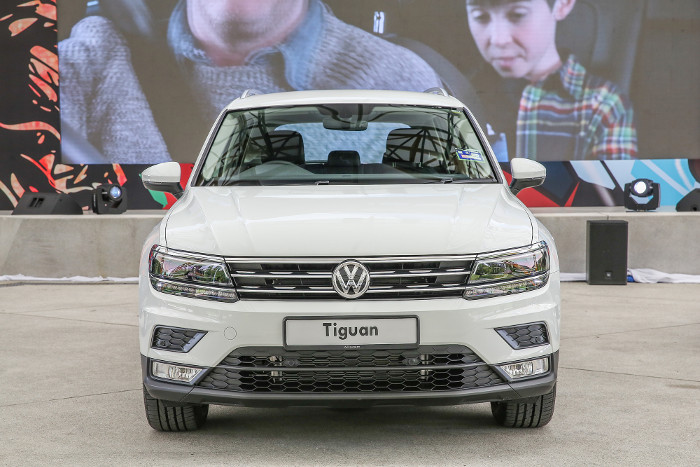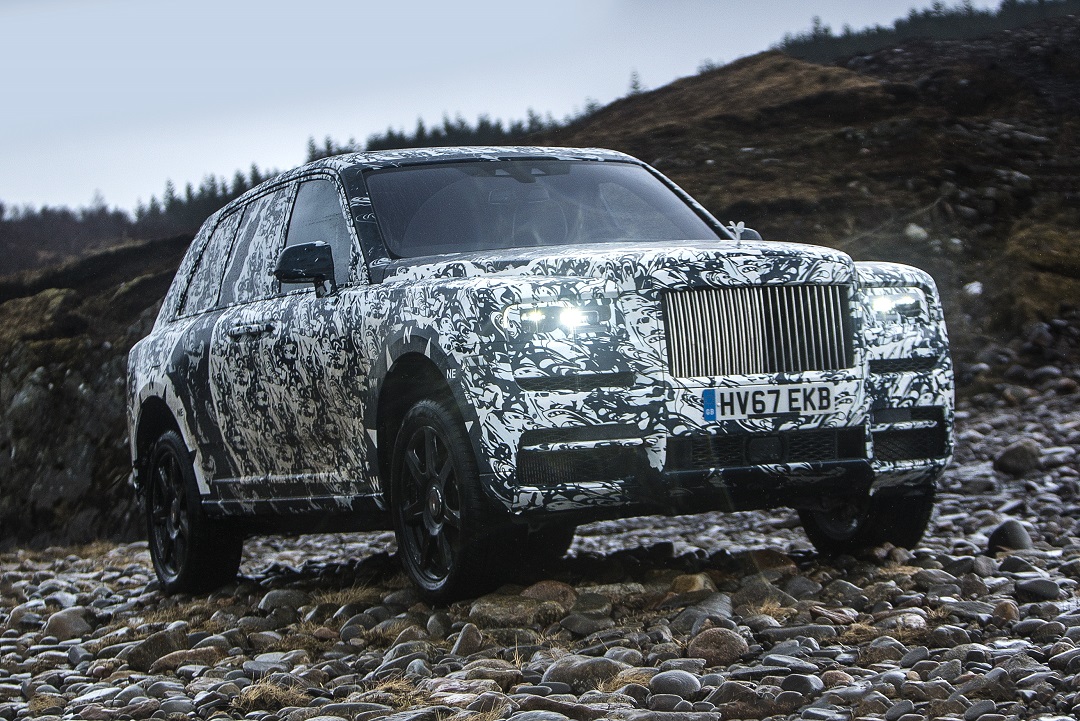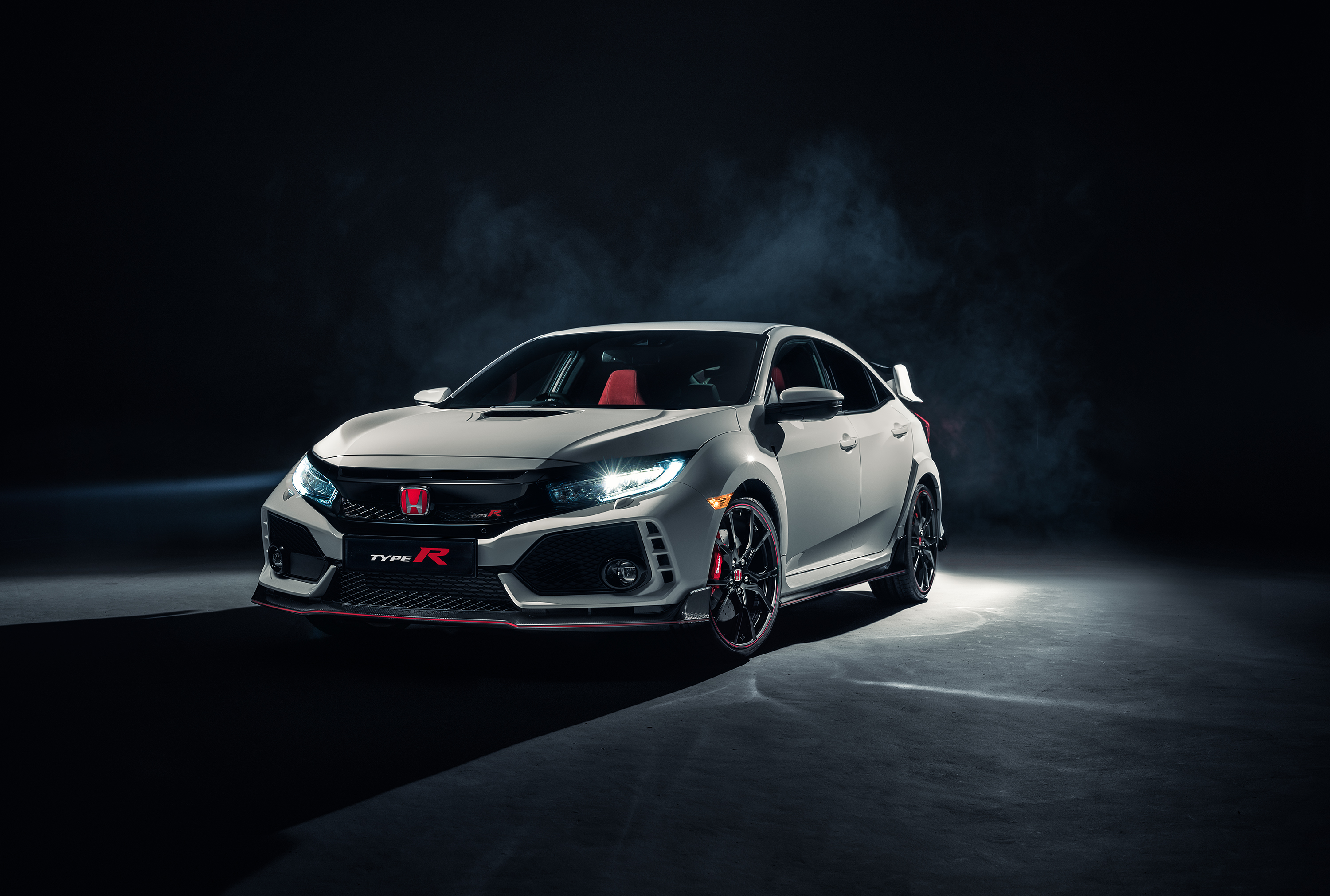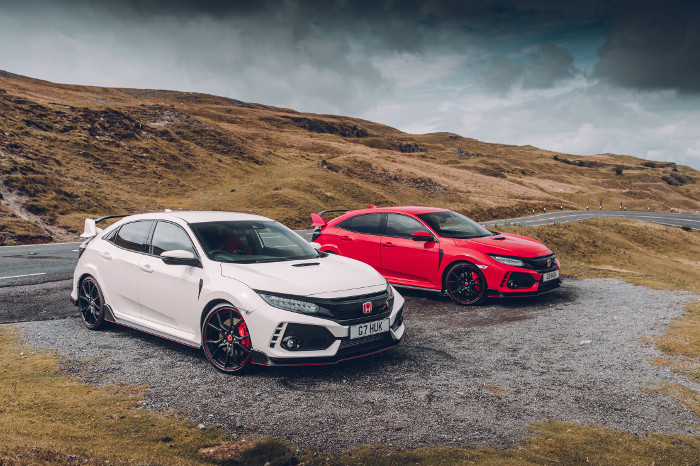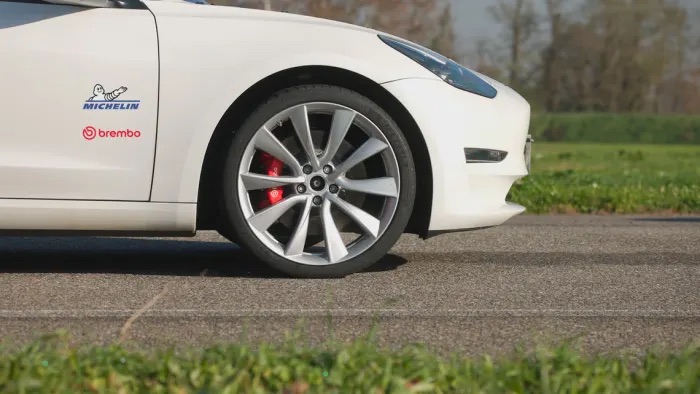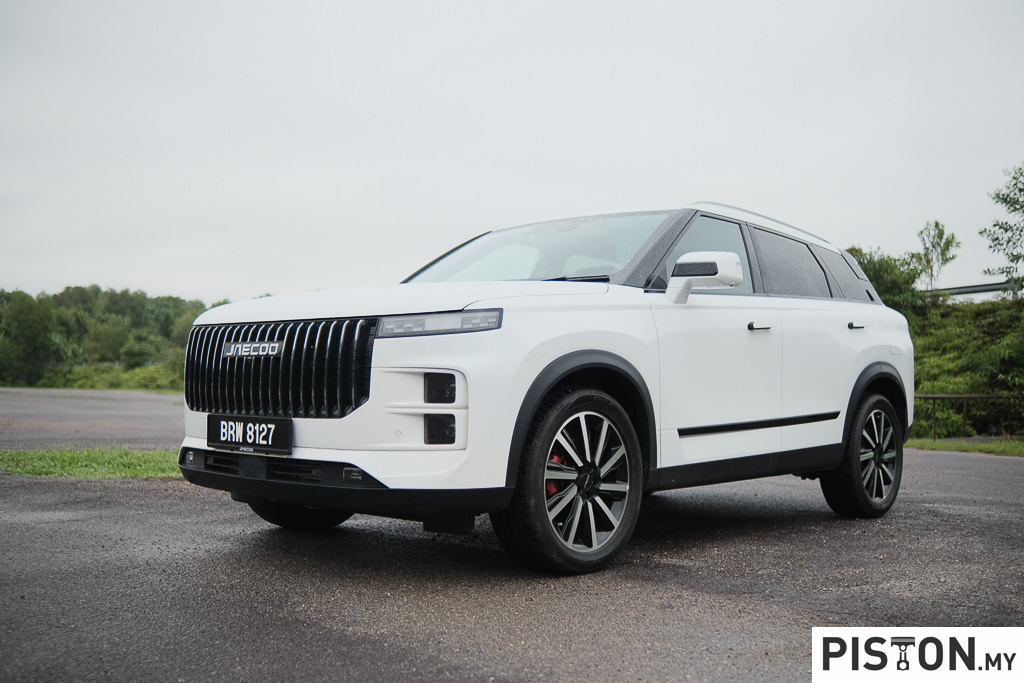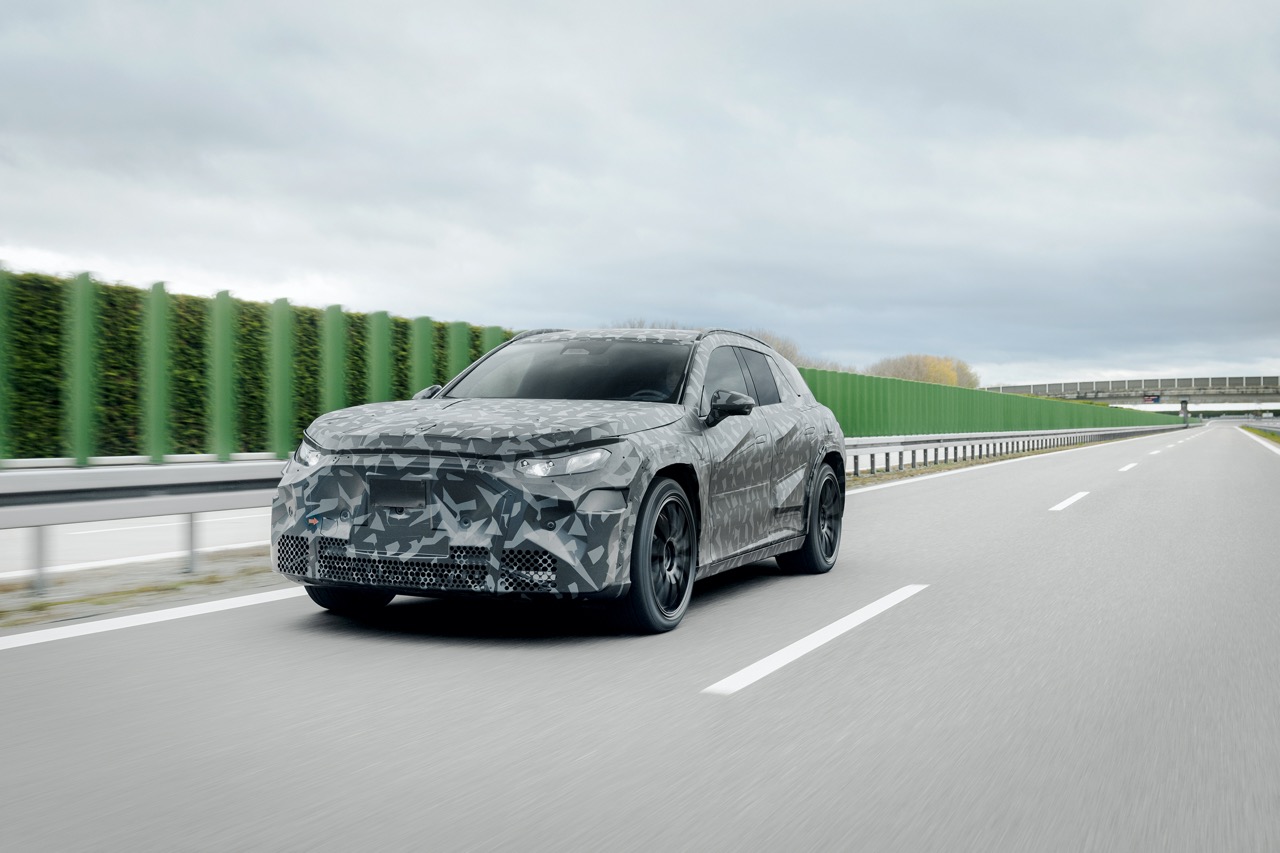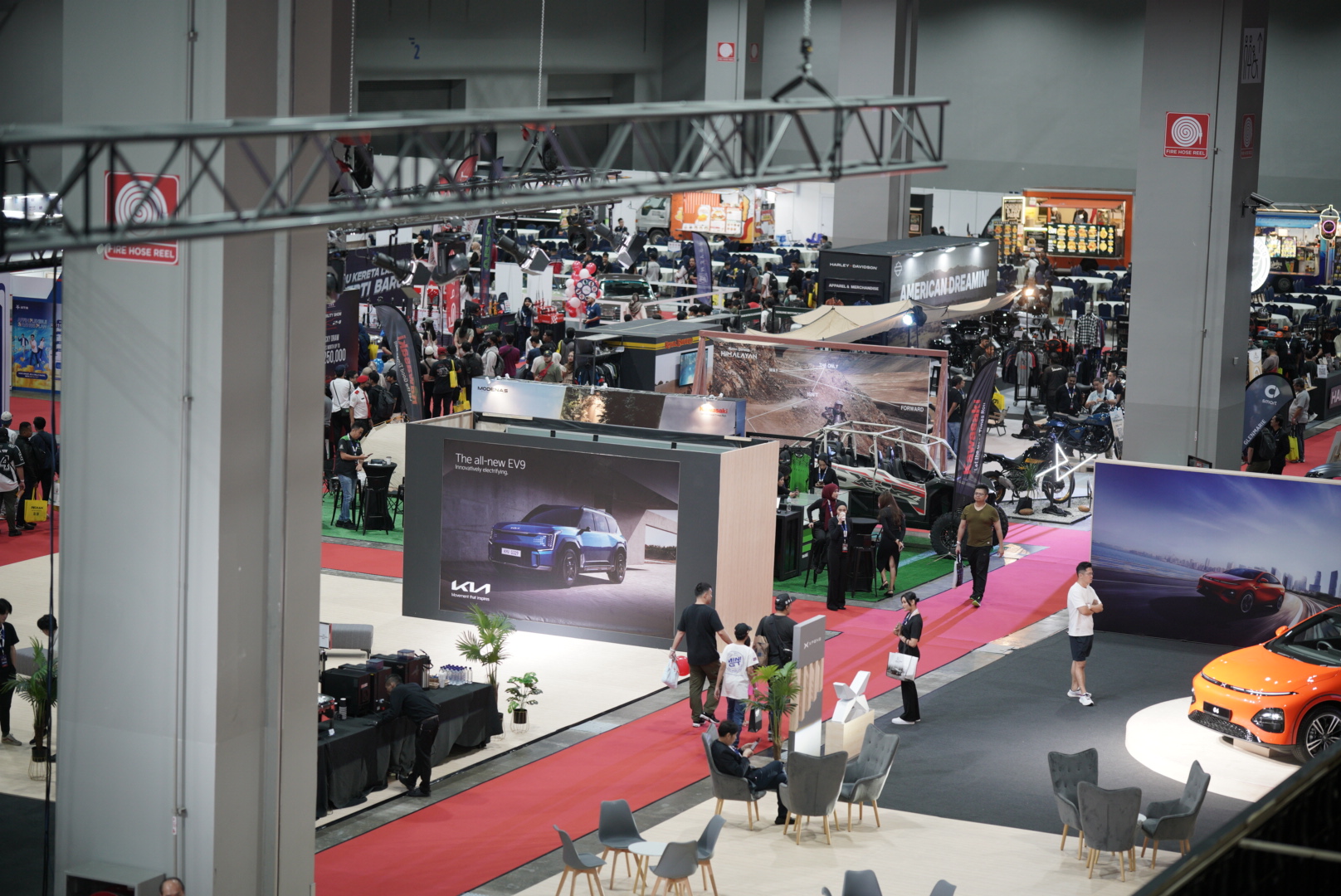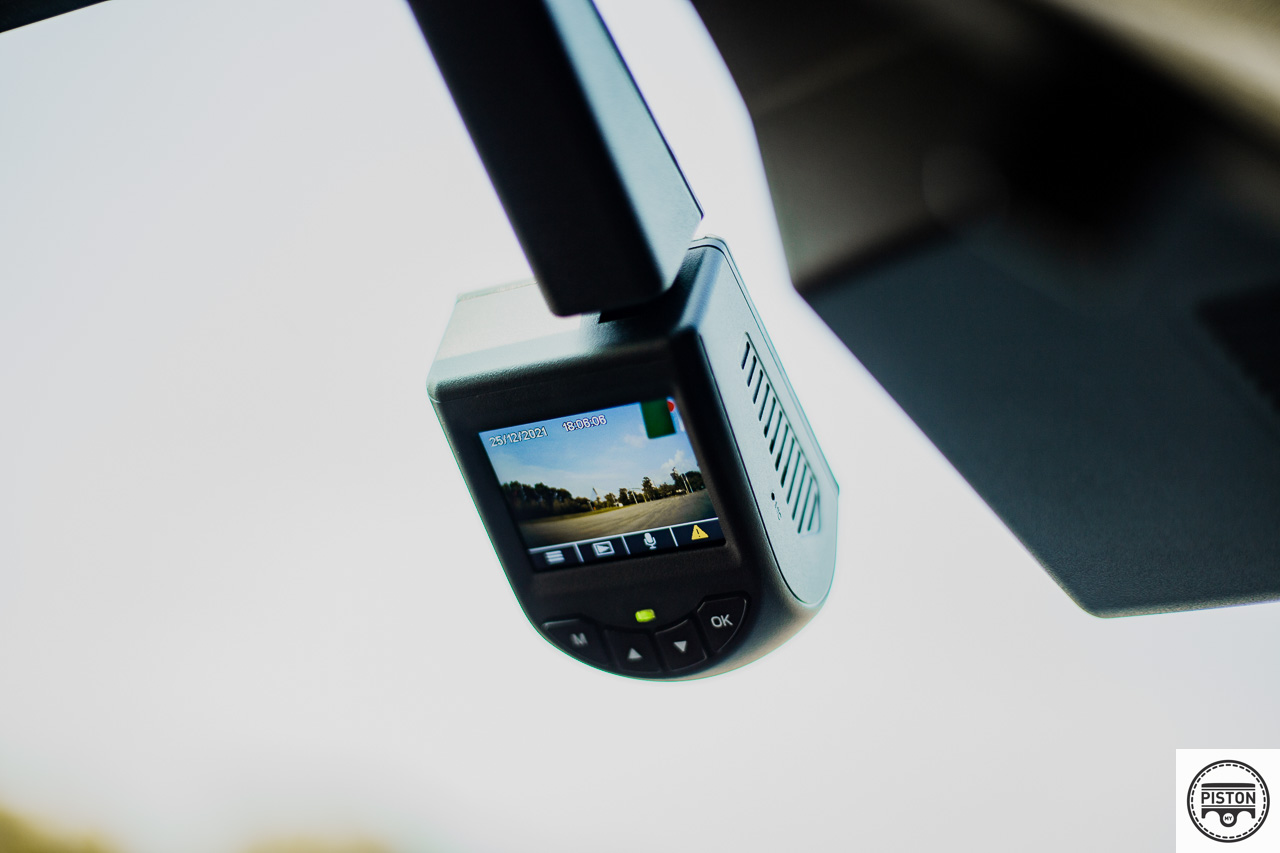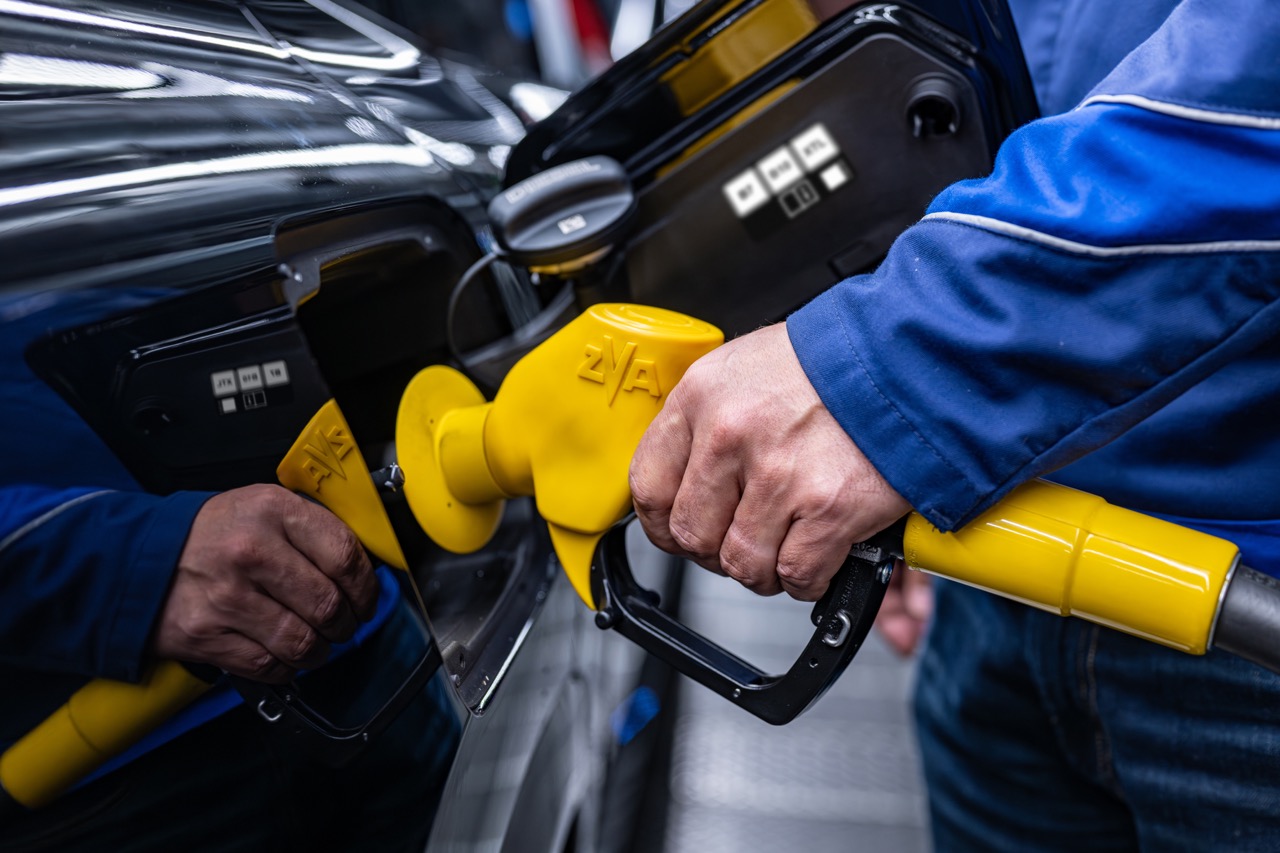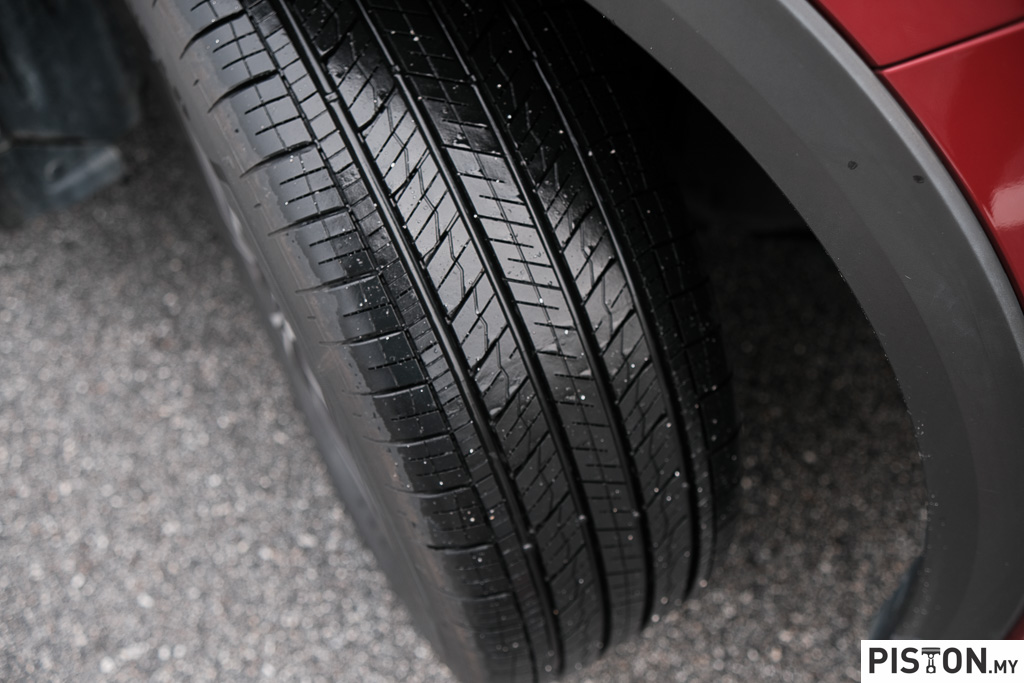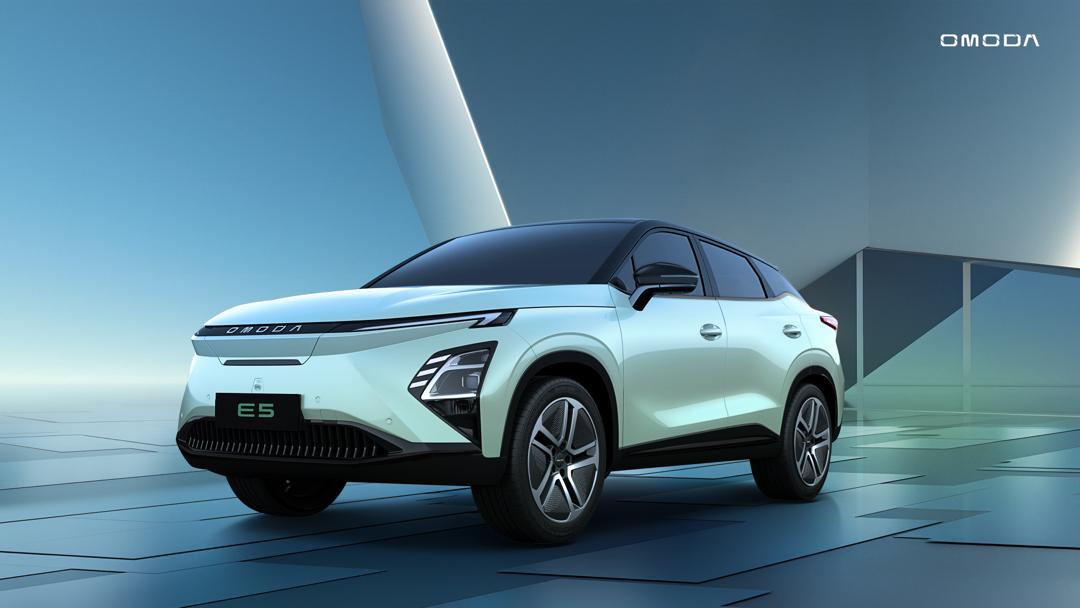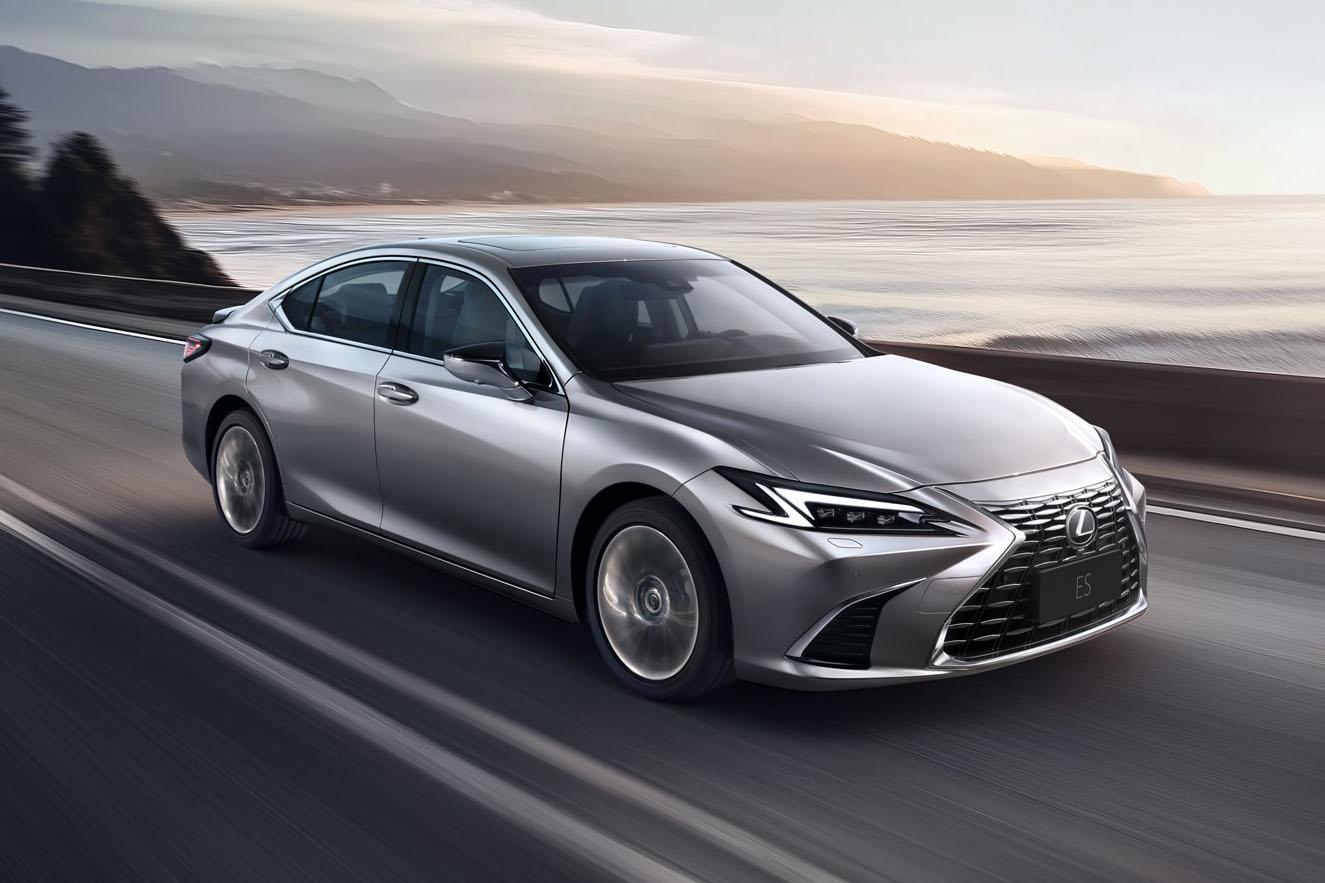UMW Toyota Motor has launched the 18th edition of its Toyota Eco Youth Program 2018. With the aim to educate participants on sustainable waste management practices, students from 11 selected schools will be trained on problem solving skills to address concerns on environment preservation.
Toyota Eco Youth Program primarily focuses on inculcating life skills to youth through project base learning. A 3-day training program was held prior to this launch, where students were taught on proprietary Toyota 8 Steps Problem Solving methodology and techniques.
Environment protection is a key component of UMW Toyota Motor’s corporate social responsibility activities and this eco education program is developed to encourage youth to come to the forefront to champion conservation of our habitat for a better quality of life. This year’s Waste Management theme emphasizes on coordination with government, community, public interest groups to cultivate good practices in minimizing waste and managing waste with minimal impact on the environment.
This program is conducted annually with collaboration and support from the Ministry of Education since 2001. UMW Toyota Motor has spent close to RM7 million for the program since its inception and hopes that students who benefited from this program become ambassadors in advocating environmental sustainability in the future.
In addressing the launching ceremony, the President of UMW Toyota Motor, Ravindran K, said “Our continuous commitment to Toyota Eco Youth program show cases the importance of educating youth to take meaningful actions to safeguard the environment in a sustainable manner. It is critical at this juncture, now, to address issues regarding environment conservation and reduction of carbon dioxide emission. The reduction in carbon dioxide will have direct impact on suppressing global warming, and hence mitigating climate change. The what and how, these students learn today will be useful to them tomorrow as decision makers”
On a global basis, Toyota Motor Corporation has established the Toyota Environmental Challenge 2050, which identified 6 key environmental issues to be tackled in the next three decades such as CO2 reduction, water optimization and establishing societies that practice recycling and an earth-friendly culture.
The launch ceremony signals the start of 2018 Toyota Eco Youth Program, with the students identifying projects related to waste management found within their local community. Research work and activities on proposed solutions is expected to take three months to complete. This will be followed with a final evaluation of the project in August 2018.
Winners of Toyota Eco Youth program will be based on continuous evaluation of the project and the participating schools will be vying for cash prizes of RM10,000, RM7000 and RM5,000 for first, second and third placing respectively. Apart from contest on projects, prizes are also offered to categories for Best Presentation, Best Exhibition and Best Blog Site Report. Top winners of these categories will receive RM1000 each. Two of the best supportive teachers in the projects will be given RM500 each for their effort and supervision.





























